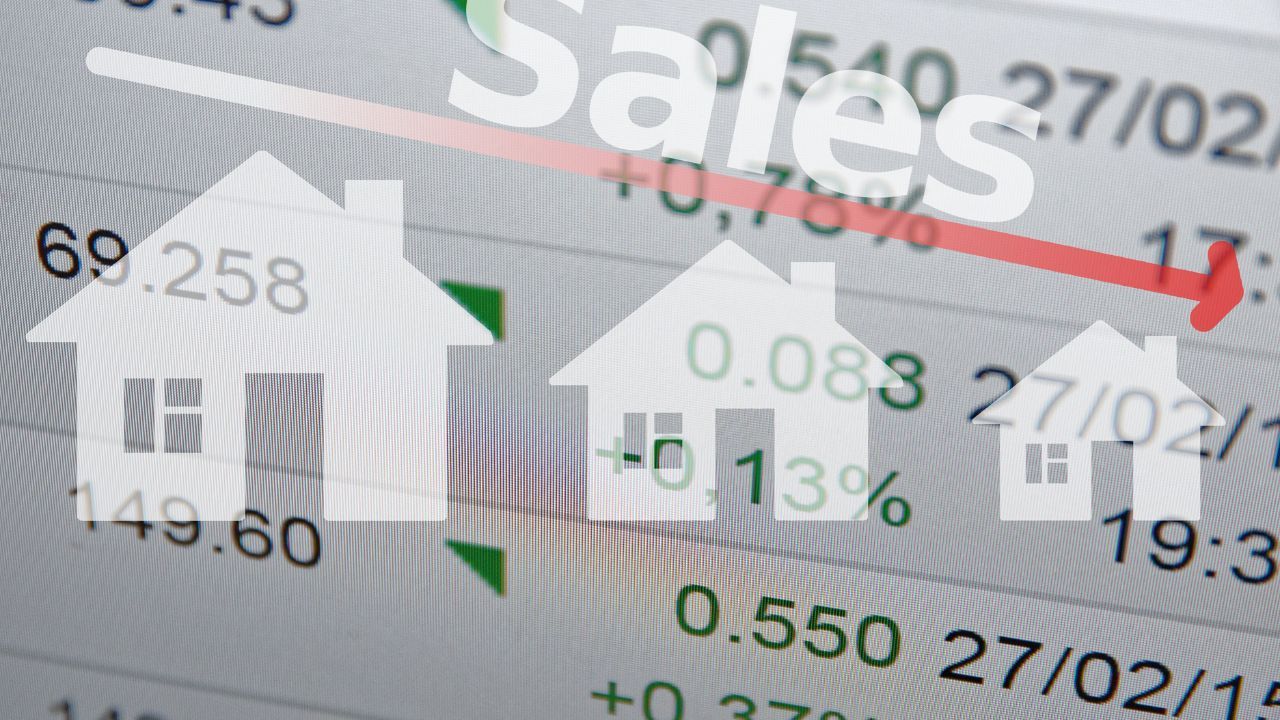Is Spokane’s Market Crashing or Just Catching Its Breath?
A Forecast That Defies the Headlines
Zillow’s latest housing forecast turned heads — and for good reason. While much of the country braces for falling home prices, Spokane is quietly holding its own. Nationally, Zillow projects home values to rise just 1.2% through August 2026, down from earlier expectations of 2.6%. In cities like San Francisco, Austin, and New Orleans, prices are predicted to drop 5–7%.
But here in Spokane? Zillow expects a modest 0.3% increase. That might sound small, but in a market defined by national cooling, it’s a sign of resilience.
The Return of Balance
Across Spokane, homes that are priced well and presented properly are still selling quickly — sometimes even drawing multiple offers. Buyers are pickier, yes, but they’re still out there. What’s changed is the pace. Gone are the bidding wars of 2021. Today’s market feels calmer, more grounded.
Inventory is growing, competition is easing, and sellers have to be realistic. That isn’t a downturn — it’s normalization.
Why Zillow Trimmed Its National Outlook
The shift comes down to one factor: inventory. More homeowners are listing their properties after sitting on the sidelines for months. Some are concerned about a possible recession; others simply want to sell before prices cool further.
The challenge is that demand hasn’t caught up. With mortgage rates hovering between 6.5% and 7%, affordability remains stretched thin. The result? Slight downward pressure on prices across many regions — except for places like Spokane, which never saw the kind of speculative boom that made other metros so volatile.
Spokane by the Numbers
As of October 8th, Spokane’s median home price stands at $410,000, down 3.5% from last year. That’s the biggest annual dip since the pandemic — but still moderate by historical standards.
Days on market have climbed from 18 to 26, and supply has reached five months — the highest since 2017. New listings are up nearly 10%, while closed sales have grown only 3%, signaling that more sellers are testing the market while buyers proceed cautiously.
Despite the shift, Spokane’s fundamentals remain strong. The market isn’t overbuilt — builders filed 3,626 permits in the past year, virtually identical to the year before. That keeps supply in check and underscores the long-term shortage that continues to drive housing demand.
Breaking It Down by Area
Inside the City of Spokane, the market is steady. Median prices are up 2.5% to $410,000, while inventory has risen 30% to 3.7 months. That means homes are taking a little longer to sell, but buyers are still showing up.
In Spokane Valley, supply sits lower at 2.8 months — up 19.8% year-over-year — and median prices have slipped slightly to $445,000, down 1.1%. It’s a gentle softening, not a slide.
Liberty Lake, once one of the hottest submarkets, has cooled the most. Median prices have dropped 4.8% to $523,000, with supply more than doubling to 4.9 months. That jump reflects a natural correction after years of rapid appreciation and new construction expansion.
The Rent Control Ripple
Spokane’s new rent control measures could have unintended side effects. Some small landlords — particularly those owning single-family rentals and duplexes — may opt to sell rather than navigate stricter rules. That could temporarily boost for-sale inventory.
However, as rental stock shrinks, demand for entry-level homes could increase. With construction flat and population growth steady, even modest policy changes could ripple through both the rental and ownership markets.
A Healthier Phase of the Market
So, is Spokane’s housing market crashing? The data says no. What’s unfolding is a recalibration — homes taking longer to sell, sellers adjusting expectations, and buyers finally gaining leverage.
After years of breakneck speed, this balanced phase gives everyone room to breathe. Buyers can negotiate again, inspections are back, and sellers must earn buyer attention through pricing and presentation — signs of a market that’s functioning as it should.
The Rate Watch
Mortgage rates remain the biggest variable. Should they dip into the mid-5% range, expect demand to surge and prices to firm back up. If rates linger near 7%, Spokane’s steady, balanced pace may continue into 2026 or even 2027.
Either way, this isn’t a market on the brink — it’s one finding its equilibrium. Spokane’s steadiness amid national volatility may not make for sensational headlines, but it’s precisely what gives the city’s housing market long-term strength.
The Takeaway
Spokane isn’t crashing — it’s catching its breath. After the frenzy of the pandemic era, the city’s housing market is entering a sustainable rhythm where balance replaces urgency and quality outweighs hype.
In the long run, this phase may prove to be exactly what Spokane needed: a reset that builds stability, trust, and opportunity for both buyers and sellers moving forward.
Categories
- All Blogs (898)
- Airway Heights (5)
- Audubon/Downriver (4)
- Balboa/South Indian Trail (5)
- Bemiss (3)
- Browne's Addition (3)
- Buying Your Home in Spokane (205)
- Cheney (3)
- Chief Garry Park (3)
- Cliff-Cannon (3)
- Colbert (1)
- Comstock (4)
- Cost of Living in Spokane (1)
- Dishman (3)
- Downtown Spokane (1)
- Driving Tours (1)
- East Central (3)
- Emerson/Garfield (3)
- Five Mile Prairie (5)
- Grandview/Thorpe (3)
- Greenacres (3)
- Hillyard (3)
- Home Improvement (8)
- Home Prices (5)
- Housing Inventory (6)
- Housing Market (133)
- Housing Market Update (1)
- Instagram Videos (2)
- Interest Rates (24)
- Job Market in Spokane (3)
- Know Spokane (596)
- Latah Valley (5)
- Liberty Lake (8)
- Lincoln Heights (4)
- Living in Spokane (1)
- Logan (3)
- Manito-Cannon Hill (3)
- Medical Lake (4)
- Minnehaha (3)
- Moran Prairie (3)
- Mortgage (26)
- Moving out of Spokane (3)
- Moving to Spokane (143)
- Nevada/Lidgerwood (3)
- New Construction Homes in Spokane (1)
- New Construction Opportunities (3)
- North Hill (3)
- North Indian Trail (4)
- Northwest (3)
- Opportunity (3)
- Peaceful Valley (3)
- Riverside (3)
- Rockwood (4)
- Selling Your Spokane Home (161)
- Shiloh Hills (3)
- Southgate (3)
- Spokane Events (437)
- Spokane Neighborhoods (51)
- Spokane Restaurants/Food Places (24)
- Spokane Schools (12)
- Spokane Valley (14)
- Suncrest (1)
- Things to Do in Spokane (450)
- Veradale (3)
- West Central (3)
- West Hills (3)
- Whitman (3)
- Youtube Videos (49)
Recent Posts
















